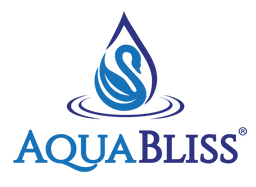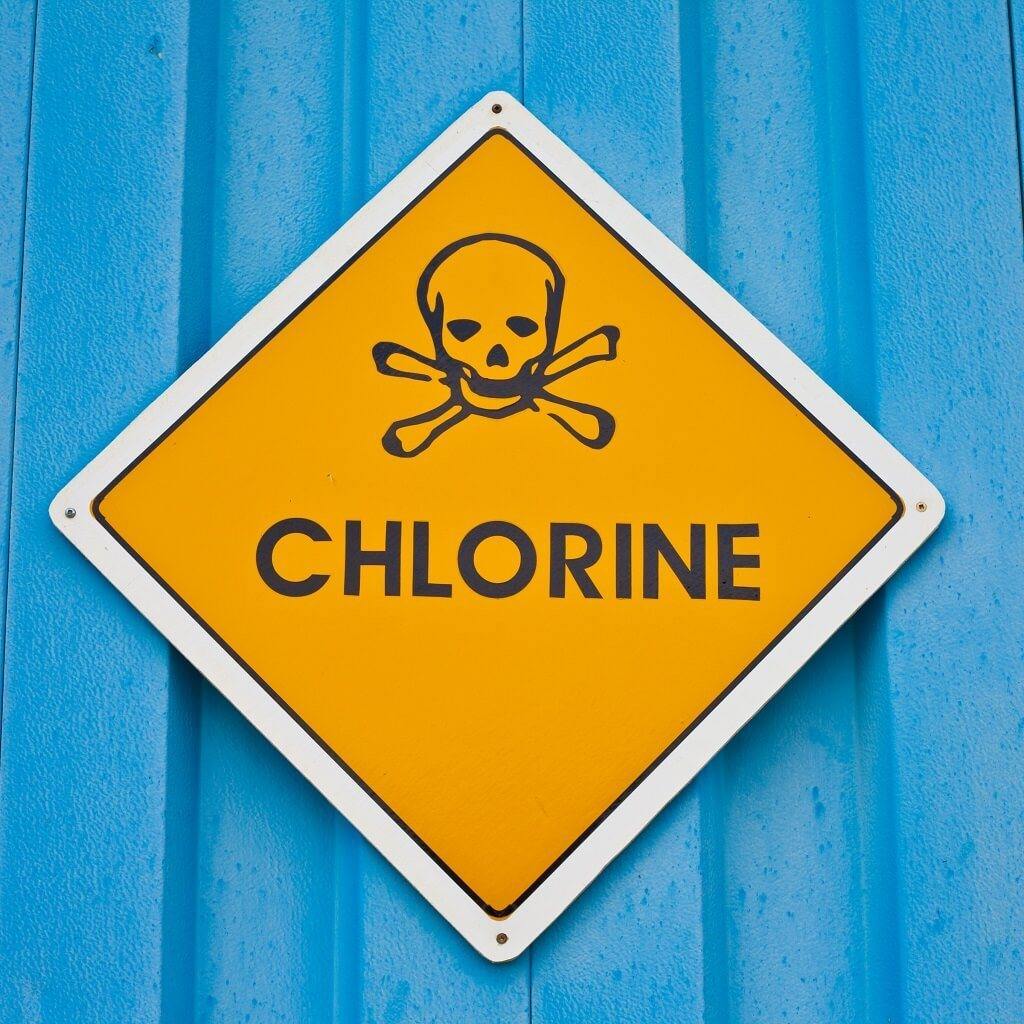Chlorine is essential for keeping water safe from harmful bacteria, yet it can also pose risks for skin, hair, and overall health. In this guide, we explore chlorine's role in water treatment, the potential health impacts of chlorinated water exposure, and effective methods for reducing chlorine in your water supply.
AquaBliss offers filtration solutions to help you enjoy cleaner, healthier water by minimizing chlorine exposure in both your shower and drinking water.
Chlorine: A Necessary Component of Water Quality?
Chlorine is a common disinfectant in water treatment, used widely across municipal water treatment facilities to protect public health. This practice of water disinfection keeps harmful waterborne diseases at bay, making chlorine in your water an essential measure for disease control.
However, while chlorinated drinking water has long been considered safe, adverse health effects and skin irritation from chlorinated water exposure are rising concerns.
In both treated water and untreated water, there are risks associated with chlorine disinfection. Even well water users might face chlorine in water supplies due to nearby treatment plants.
However, with filtration, you can take measures to ensure cleaner, safer water reaches your shower and taps.
Chlorine and Its Role in Water Treatment

Municipalities add chlorine to water systems to kill bacteria, a measure that the Environmental Protection Agency (EPA) supports to control the spread of harmful pathogens.
But as this chlorination process unfolds, chlorine combines with organic substances—like organic nitrogen compounds and tiny organic particles in water—producing disinfection byproducts (DBPs) known as trihalomethanes (THMs) and haloacetic acids (HAAs).
The treatment process typically uses sodium hypochlorite or calcium hypochlorite, creating hypochlorous acid and hypochlorite ions to disinfect water effectively. While disinfectant properties of chlorine serve a crucial purpose, chlorine demand can vary based on organic matter levels in surface water or city water.
Elevated chlorine levels in drinking water distribution systems can lead to an unpleasant chlorine smell in tap water and, with regular exposure, health risks that impact human health.
Health Risks Associated with Chlorine Exposure
Ingesting chlorine is generally safe at regulated levels. However, exposure to chlorine gas—which can occur when chlorinated water is heated, such as in a shower—poses adverse health effects.
As chlorine reacts with natural organic matter in raw water, it produces compounds formed during the chlorination process that can irritate the skin, lungs, and eyes.
Common health concerns from regular exposure to chlorinated city water include:
-
Skin irritation: Free chlorine in water can strip the skin of its natural oils, causing dryness, itchiness, and discomfort.
-
Hair damage: Excessive exposure to chlorine in your water may lead to brittle hair, dryness, and even premature hair color loss.
-
Respiratory issues: Inhaled chlorine gas during a hot shower can lead to respiratory symptoms and has been associated with conditions like asthma.
-
Cancer risks: Studies have linked long-term exposure to chlorinated drinking water to certain cancers, including bladder cancer.
The EPA continues to monitor the chlorination byproducts in water, yet compounds formed from chlorine reactions, especially DBPs, may pose health risks over prolonged exposure.
Disinfection Byproducts: Understanding the Hidden Risks in Chlorinated Water
The chlorine disinfection process, while necessary, produces DBPs like THMs and HAAs when chlorine interacts with organic compounds in distribution systems.
Although the World Health Organization (WHO) assures that chlorine in water is essential for public safety, chlorine byproducts from water chlorination have been shown to contribute to various adverse health effects.
Some notable byproducts and their associated risks include:
-
Trihalomethanes (THMs): Chronic exposure to THMs has been linked to an increased risk of cancer and may also impact human health by causing drowsiness or mild sedation.
-
Haloacetic acids (HAAs): Exposure to HAAs has raised concerns about potential kidney and liver impacts, especially in higher concentrations.
-
Fulvic acids and humic acids: These natural acids in surface water can react with chlorine added during treatment, creating DBPs that may affect human consumption and aquatic life in wastewater.
Removing Chlorine from Your Water: Why It Matters
Given the potential for health risks associated with chlorinated water, reducing chlorine in city water is essential for those who prioritize water quality.
Filtration solutions, such as water softeners or chlorine removal filters, can help remove chlorine and DBPs, improving the taste and smell of water and protecting against adverse health effects.
Several methods to remove chlorine include:
-
Granular Activated Carbon (GAC) filters: Commonly used in chlorine, taste, and odor filters (CTO filters), these reduce up to 90% of chlorine but may be less effective in hot water.
-
Calcium sulfite filters: Calcium sulfite works well at any temperature and is 100% effective at chlorine removal, making it a popular choice for shower filters.
-
KDF filters: Though less effective for chlorine, these filters remove other chemical compounds and inhibit algae and fungi growth, contributing to overall water quality improvement.
Installing a shower filter can significantly reduce chlorine exposure, improving skin and hair health by minimizing contact with chlorine-laden water.
Reducing Chlorine in Drinking Water: Effective Filtration Techniques

While chlorine in drinking water is vital for disease control, chlorine levels in treated water may still be high.
Options for reducing chlorinated drinking water at home include:
-
Reverse Osmosis: This system filters out chlorine and other impurities, providing chlorine-free drinking water.
-
Whole-house filtration: Ideal for homes with heavy chlorine demand, whole-house filters reduce organic substances, chlorine, and other chemicals in every tap.
-
CTO and GAC filters: For those primarily interested in improving the taste and smell of tap water, these filters work best in cold water systems.
Chlorine and Your Health: A Balanced Perspective
While chlorine in your water plays a critical role in water system safety, understanding its impacts on human health and comfort can help you make informed choices.
Adding more chlorine to combat contaminants in water supplies is sometimes necessary, but filtering out chlorine at home may provide a better balance, particularly if you experience skin irritation or concerns with chlorine smell.
By addressing chlorine levels in your water supply, you can benefit from chlorine’s disinfectant properties without experiencing the downsides of chlorinated water. Investing in water treatment solutions that effectively remove chlorine and DBPs is the best way to ensure your water is both safe and comfortable for daily use.
Finding the Right Filtration Solution
Whether you're facing chlorine smell in the shower or you’re simply looking to reduce chlorine exposure in your drinking water, AquaBliss offers high-quality filters that provide an effective solution.
Advanced filtration can remove chlorine and balance the pH of water, creating soft water that leaves your skin and hair feeling revitalized.
Explore the AquaBliss collection of shower and water filters to experience the benefits of chlorine-free water every day. Removing chlorine in your water can significantly improve water quality, delivering refreshing, healthier water that leaves you feeling your best.
For personalized advice, reach out to AquaBliss directly through our online contact form.







